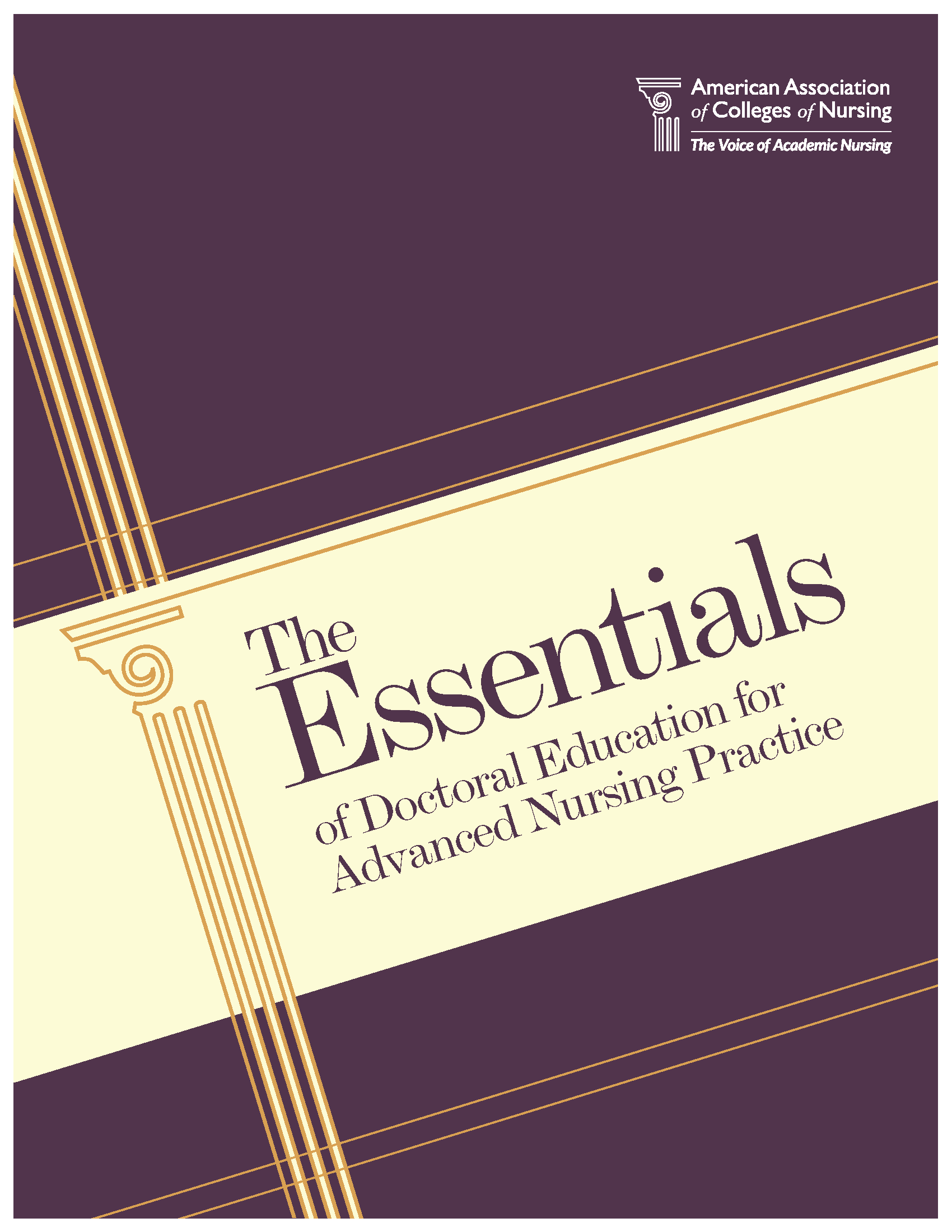Supply Chain Paper
Supply Chain Paper
Contemporary Trends in Supply Chain
Supply chain management (SCM) involves actively managing supply chain activities, and it is done to increase customer value and create a long-lasting competitive advantage. It shows a deliberate effort on the part of supply chain management companies to create and manage supply chains as effectively and efficiently as they can. Product creation, sourcing, production, logistics, and the information systems required to coordinate these activities are all covered by supply chain activities. Almost every product that is used by an end-user is the result of the combined efforts of various businesses. Supply chain management is evolving daily to cater for the current trends in the market and ensure businesses remain relevant and able to fulfil today’s customers’ needs. This paper discusses the evolution of supply chain management, current trends in SCM, barriers to their adoption in businesses, and recommendations for successful implementation.
Evolution of Supply Chain Management
Since the 1960s supply chain management has evolved from a fragmented one in the 1960s to a consolidated SCM in the 1980s, integrated SCM in the 1990s, value capture in the 2000s and automated SCM in the 2010s and currently. Since the system was extremely fragmented in the 1960s, this tendency was highlighted as a significant area for future efficiency improvements. Supply chain management has evolved by enhancing the integration of various jobs (Rodrigue, 2020). The 1970s and 1980s saw the initial consolidation of logistics duties into two separate areas linked to materials management and physical distribution, despite the fact that these tasks have remained largely the same. As globalization sparked functional integration and the genuine birth of logistics in the 1990s, this trend advanced (Rodrigue, 2020). The entire supply chain was integrated into a single management viewpoint.
However, the development of supply chain management made a more thorough integration only conceivable with information and communication technology practicable. It opens the door to a new spectrum of production and distribution systems by enabling the integrated administration and control of information, financial, and commodities flow (Rodrigue, 2020). Supply chain management has developed into a complicated series of tasks aimed at competitiveness and value capture. More recently, the evolution of physical distribution and materials management has been significantly influenced by the growing degree of automation in supply chains (Rodrigue, 2020). This digitalization is most noticeable in distribution centers where areas like storage, materials handling, and packaging have seen a considerable push toward automation. Automated delivery cars may one day be available.
Contemporary Trends in Supply Chain Management
As the business environment changes, so does the supply chain and the need for supply change management to respond to the changes. Supply chain management (SCM) is a critical element in the business world, widely influenced by globalization and other changes in the business environment. The supply chains are increasingly becoming complex, especially with new technologies and innovations. Companies seek innovative strategies to manage their supply chains more effectively and efficiently and cultivate resilient supply chain operations. Current trends in supply chain management include artificial intelligence and automation, Supply Chain as a Service, and circular supply chain.
Artificial Intelligence and Automation
Every company entity needs a working supply chain in order to be successful. A significant competitive advantage can be gained by accurately projecting inventory. The performance of the supply chain is influenced by both internal and external elements, including weather, extreme seasonality, changes in customer perception, and media attention (Dash et al., 2019). Internal factors include the introduction of new products and the growth of the distribution network. Artificial intelligence (AI) has recently been shown to function as an extension of the human brain, enhancing our cognitive capacities to heights we never imagined imaginable.
AI has been incorporated into many commercial sectors and has been shown to lower costs, boost revenue, and improve asset utilization. Businesses are using AI to estimate customer demand with almost 100% accuracy, improve their R&D, expand manufacturing with lower costs and higher quality, assist in marketing, and give their customers a better experience (Dash et al., 2019). For an advantage in the marketplace, these four value-generating areas are crucial. Supply-chain executives employ AI-powered solutions to a) create waste-free designs; b) monitor production in real-time and ensure accuracy; and c) speed up process cycle times (Dash et al., 2019). These procedures are essential for delivering Innovation to the market more quickly.
Artificial intelligence and automation are primarily driven by the need to streamline and optimize supply chain processes and automate humdrum and repetitive tasks (Dash et al., 2019). AI-based solutions can be used to spot and handle possible supply chain problems like delays, bottlenecks, and interruptions brought on by unplanned events. Additionally, these technologies can be used to increase the forecasting and inventory management processes’ precision and speed. Robotic process automation (RPA), which combines AI with automation, is also growing in popularity for managing supply chains across the globe. RPA makes it possible to automate repetitive processes like data entry, document processing, and order tracking, which reduces manual labor and boosts supply chain efficiency (Dash et al., 2019). For instance, Amazon warehouse automation enables the company to handle inventory using robotics arms, Robin and Cardinal, which helps streamline processes and sped up order fulfilment. However, the complexity of implementing AI and automating supply chains is a significant barrier to successful implementation (Couvillon, 2019). The cost of adopting AI and automation is also considerably beyond the capacity and ability of many businesses, especially small businesses.
Supply Chain as a Service
Businesses are embracing the concept of Supply Chain as a Service (SCaaS) as they invite the idea of outsourcing supply chain operations to external actors that will manage the whole process from procurement to delivery (Lopienski, 2021). SCaaS is a technologically driven, end-to-end supply chain management solution. It is a highly adaptable logistics approach and makes use of one or more logistics partners to handle the management of production, manufacturing, warehousing, inventory tracking, order fulfilment, and shipping. In the end, SCaaS provides the infrastructure and technology to lower logistics costs, offers customizable fulfillment solutions, and applies technology and automation to enhance speed, visibility, and consistency throughout a whole supply chain network. Generally, it involves outsourcing supply chain activities to a 3PL.
Outsourcing is perceived as cost-effective and transfers the risks of a project or activity to a third party, which is a positive for many companies. In this case, cost-effectiveness is imperative to achieving financial growth and health. Outsourcing labor, projects, and other business elements is a way to achieve cost-effectiveness and risk transfer, hence the need to learn and understand SCaaS (Lou et al., 2020). For instance, Apple outsources its supply chain and assembly operations and focuses on product design with rich functionality and easy usability. Although it does not outsource the core software technologies, it outsources across business intelligence and data warehousing, application development and maintenance, and enterprise application (Rikap, 2018). The company outsources multiple manufacturing jobs to Mongolia, China, Korea, and Taiwan, areas considered to have a high talent pool and low labor costs, adding to the company’s cost-effectiveness. However, loss of control of outsourced manufacturing jobs, risk of low commitment that may lead to poor production and substantial materials, unclear requirements and expectations, and poor transition of activities and jobs can impend the implementation of SCaaS.
Circular Supply Chain
Environmental sustainability and net zero are important considerations for companies. Businesses are embracing the idea of a closed-loop supply chain, which encourages material reusing and recycling to achieve sustainable and efficient supply chains (Lahane et al., 2020). Due to the growing attention being paid to sustainability and environmental protection on a worldwide scale, the circular supply chain is becoming more and more significant. Companies are seeking ways to lessen their carbon footprint and employ more environmentally friendly practices, and an excellent approach to accomplish this is through the circular supply chain.
The circular supply chain prioritizes maximizing the lifecycle of a product by returning components to start a new journey through the supply chain rather than having them end up in a landfill. If this cannot be done, alternative adjustments to the product or process can be made to cut down on waste and carbon emissions (Lahane et al., 2020). The circular supply chain, also known as supply chain stewardship, places more responsibility on individuals in charge of managing supply chains to choose manufacturing and procurement strategies that have a beneficial impact on sustainable results. The circular supply chain is an important component of a larger movement among manufacturers and retailers to reduce waste and adopt more environmentally friendly methods. As a result, companies that have established circular supply chains frequently combine them with other sustainable measures, such as cutting back on energy use or switching to cleaner energy sources and coming up with substitutes for single-use plastics (Del Giudice et al., 2021). For instance, PepsiCo works with stakeholders, educating them and establishing opportunities for people to recycle beverage containers to respond to the shift towards the circular economy. However, the knowledge gap between stakeholders, the high investment required to employ recycling and reusing strategies, and loss of control at the point of sale are barriers preventing the successful implementation of circular supply chains.
Recommendations
Artificial intelligence and automation, Supply Chain as a Service, and circular supply chain can be valuable to a company and help attain a competitive advantage. However, their implementation is not smooth due to the multiple barriers highlighted above. To successfully adopt artificial intelligence and automation, which is impeded by the high complexity of associated technologies and the high implementation cost, companies should make the implementation strategy to ensure it is worth the investment. Companies should first identify opportunities for AI and automation, map the opportunities, plan for strategic implementation per the opportunities, and evaluate the impact on supply chains (Couvillon, 2019). For instance, Amazon can begin by identifying processes that can be automated to ensure the investment is worth it because not all processes require automation. To successfully outsource business operations, companies should develop outsourcing goals and rules, evaluate the existing system and process of the company and their correspondence to those of 3PL, develop accurate job descriptions for offshore teams, ensure offshore team management is inhouse and there is documentation of internal processes to ensure the transition and integration is seamless. For instance, Apple should ensure that 3PLs handling outsourced manufacturing jobs have the same level of commitment, skill set, and quality assurance as Apple itself. Stakeholder education, particularly the consumers can help close the knowledge gap between stakeholders and increase control at the point of sale to ensure a successful circular supply chain. For example, PepsiCo can bolster its success in adopting a circular supply chain by educating customers on the importance of recycling.
Conclusion
Companies handle the entire production flow of products and services through supply chain management, beginning from raw materials acquisition to final product delivery to their customers. Supply chain management is a significant part of business, which is evolving with time due to changes in the market scenario, technology, customer needs, competitiveness, and external factors like a focus on environmental sustainability. Some of the current trends in SCM include artificial intelligence and AI, which is driven by the need to make supply chains more efficient, SCaaS driven by the need to outsource and enhance the cost-effectiveness of SCM and circular supply chains that have risen in importance to respond to the call to ensure environmentally friendly and sustainable supply chains. However, multiple barriers impend the implementation of these elements, and businesses need to adopt the recommended strategies to enhance their chances of success.
References
Couvillon, B. (2019). Barriers to Automation in Supply Chain and Logistics. Titanium Consulting.
Dash, R., McMurtrey, M., Rebman, C., & Kar, U. K. (2019). Application of artificial intelligence in automation of supply chain management. Journal of Strategic Innovation and Sustainability, 14(3), 43-53.
Del Giudice, M., Chierici, R., Mazzucchelli, A., & Fiano, F. (2021). Supply chain management in the era of circular economy: the moderating effect of big data. The International Journal of Logistics Management, 32(2), 337-356.
Lahane, S., Kant, R., & Shankar, R. (2020). Circular supply chain management: A state-of-art review and future opportunities. Journal of Cleaner Production, 258, 120859. https://www.sciencedirect.com/science/article/abs/pii/S0959652620309069
Lopienski, K. (2021). What Is Supply Chain as a Service? A Complete Guide.
Lou, Y., Feng, L., He, S., He, Z., & Zhao, X. (2020). Logistics service outsourcing choices in a retailer-led supply chain. Transportation Research Part E: Logistics and Transportation Review, 141, 101944. https://www.sciencedirect.com/science/article/abs/pii/S1366554520305950
Rikap, C. (2018). Innovation as economic power in global value chains. Revue d’économie industrielle, (163), 35-75.
Rodrigue, J. P. (2020). The geography of transport systems. Routledge.












